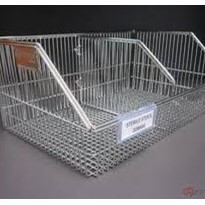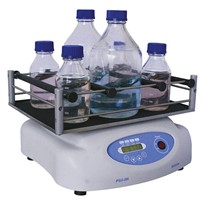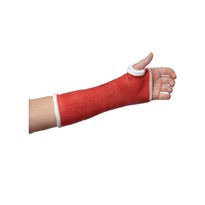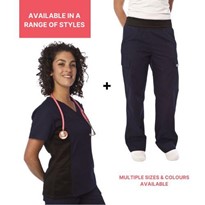With increased demands, many supply lines were depleted of stock almost immediately and the challenge then became to find what was available from wherever you could find it.
For many, this resulted in having multiple types of products within your facilities and for some, these are now overflowing. We can almost see some of you nodding now.
When facing the need to use what has been invested in, there are some key things to be aware of.
It is vitally important that different products are not used in the same environment as some may react with one another having some unwanted and sometimes very hazardous effects.
Using multiple products in the same environment may cause damage to surfaces and can reduce their efficacy and therefore not deliver the results you want and need to achieve. Some products contain too much detergent leaving residues, attracting dirt and grime which become a food source for microbes.
There were many recommendations given on what to use during the pandemic and included the use of alcohol and bleach-based products.
Products usually have labels listing their ingredients and warnings not to mix them with other chemicals. These chemicals are fine when used on their own, but did you know that if these two chemicals (alcohol and bleach) were inadvertently mixed, they could cause severe reactions such as the production of chloroform and chloroacetone? Both are highly toxic and dangerous. This happens when bleach and alcohol products at between 70%-99% concentration are mixed. 1
Other reactions can occur with products containing ammonia when mixed with bleach-based products creating Chloramine gas, again quite dangerous and toxic.
It is important to know what products are being used in an area to avoid any of these dangers.
You need to avoid one product being used by a person and later a different product could be applied by another not knowing about the previous application. This is when a negative and potentially dangerous reaction could happen.
How to minimize risk.
The best way to avoid this is to not have multiple products in one environment.
To minimize the risk of reaction, rinse a surface with clean water, especially if bleach has been used or if you do not know what has been used previously.
Always wear protection, especially on your hands and follow the recommendations on the label.
If a reaction occurs, follow your first aid protocols, ventilate the area as much as possible and rinse with plenty of clean water. Always seek medical attention if severe irritation occurs or if you have shortness of breath or chest pain. 2
The Efficacy Factor – finding the best solution.
As mentioned earlier, similar products used in tandem may be safe, but they will also compete and potentially reduce the required efficacy of the products used.
Some products offer different solutions for different pathogens, but it is difficult to immediately identify the pathogen in question. Which product for which situation?
Taking the time to decipher this could potentially grow into a much larger problem let alone the training involved to correctly apply the right product.
S-7XTRA cleaning and disinfecting products have been developed over many years of careful research and outperform others in terms of efficacy.
Why use and pay for multiple products? Simplify your protocols and minimize your risk.
By using S-7XTRA, you will ensure that you break up and remove surface biofilms and that all levels of pathogens are effectively eradicated. Listed on the ARTG with claims to clean and kill bacteria, viruses including COVID-19 and Norovirus, mould and fungi, mycobacteria TB and Spores such as C.Difficile.
The low foaming multi-active formula also provide greater assurance of pathogens not being able to build up resistance.
Furthermore, S-7XTRA contains a Reactive Barrier which allows the product to work once dry. It continues to protect and eradicate pathogens in between your cleaning cycles eliminating pathogens from any possible food source, removing the need for wet contact times, and leaving you without heavy detergent residues.
One product for all situations. Simplifying your training and cleaning protocols.
Bringing peace of mind by achieving the best results in cleaning and efficacy, saving time and money.
S-7XTRA non-alcohol hand rubs are also available in areas where using alcohol can be an issue.
A safe alternative providing a gentle foam cleaner which meets EN requirements for hand hygiene and maintains skin integrity.
Non-alcohol hand sanitisers have been shown to be effective in a recent study published in the Journal of Hospital Infection (Elsevier); Alcohol-free hand sanitiser and other quaternary ammonium disinfectants quickly and effectively inactivate SARS-CoV-2
B.H. Ogilvie y, A. Solis-Leal y, J.B. Lopez, B.D. Poole, R.A. Robison, B.K. Berges 3
S-7XTRA products are proudly made in Australia. Contact us for more information or a trial.
References:
1 https://www.chemistryworld.com/news/explainer-why-is-mixing-cleaning-chemicals-such-a-bad-idea/4011257.article
1 https://www.insider.com/cleaning-chemicals-not-to-mix
2 https://www.safetyaction.com.au/blog/hazards-of-common-cleaning-chemicals
3 Alcohol-free hand sanitizer and other quaternary ammonium disinfectants quickly and effectively inactivate SARS-CoV-2
B.H. Ogilvie y, A. Solis-Leal y, J.B. Lopez, B.D. Poole, R.A. Robison, B.K. Berges


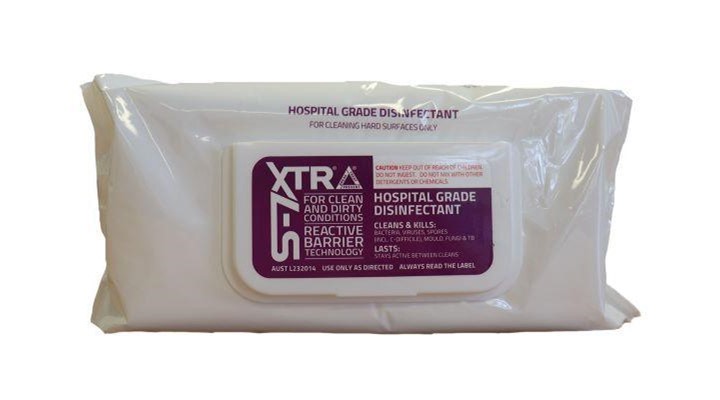
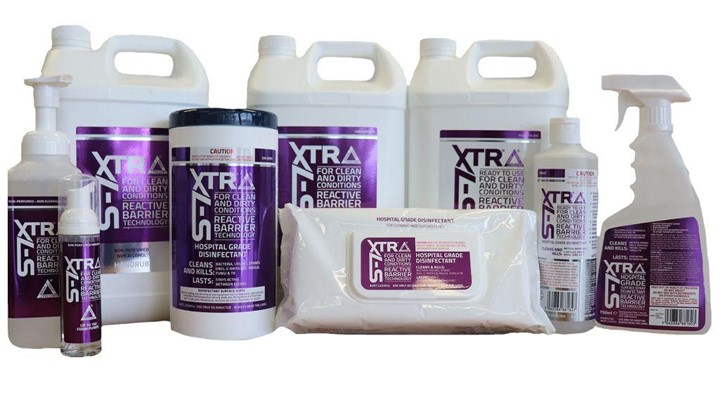
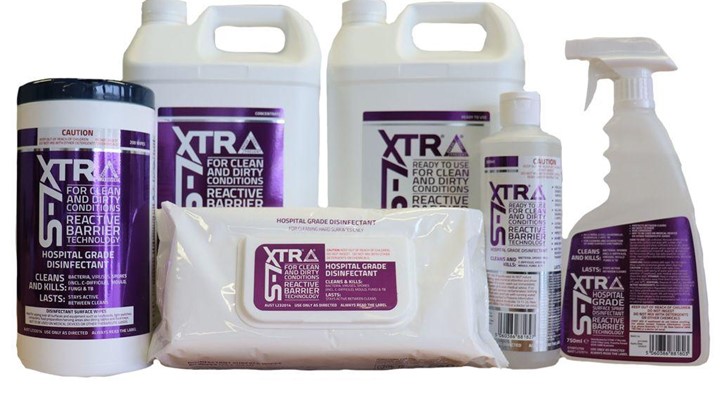
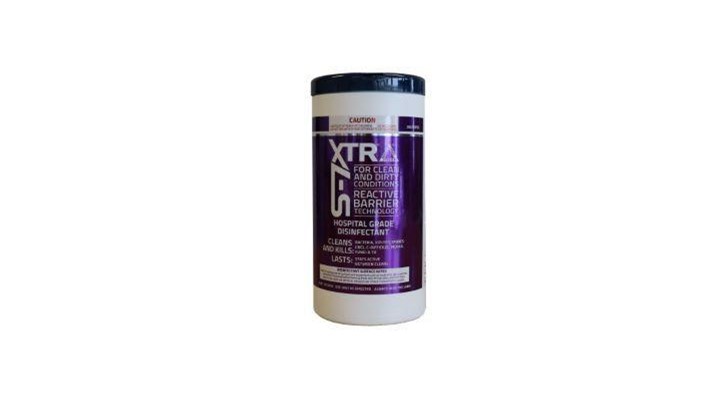
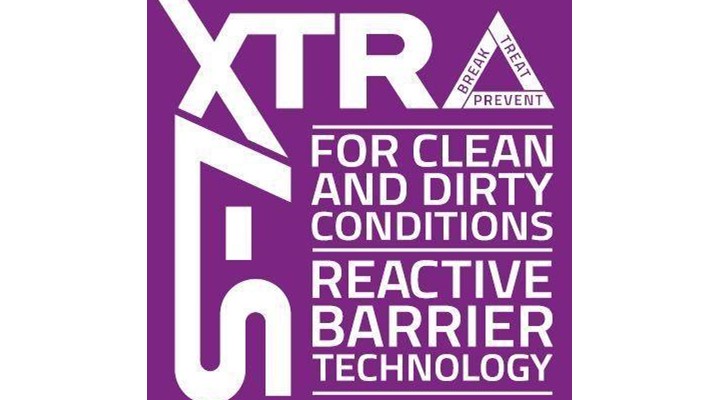
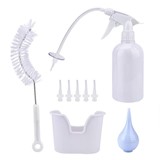
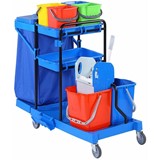



-160x160-state_article-rel-cat.png)


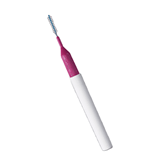

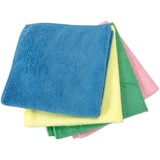




-205x205.jpg)
-205x205.jpg)
-205x205.jpg)
-205x205.jpg)
-205x205.jpg)
-205x205.jpg)

